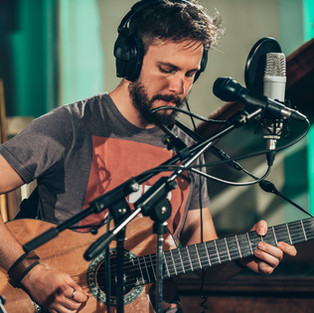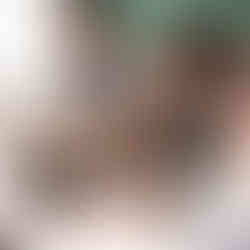Hearing protection as a Musician
- Kat Penno

- Feb 1, 2019
- 3 min read
Hearing protection & noise. It's the elephant in the chamber room at many rehearsals and live gigs. If you're a singer like Luciano Pavarotti, a mad drummer like Phil Collins or you sing at your local church or aspire to play your music at Elbphilharmonie then this is a post to seriously consider.
I can appreciate that using hearing protection can be uncomfortable and inconvenient. However the long term implications of exposing yourself to louder intensities or volumes of noise can impact on your quality of life. Hearing loss can impact your ability to follow conversations in noisy places; research shows that individuals with untreated hearing loss have less self confidence, increased risk of social isolation, depression, cognitive decline & an increased risk of falls.
Here are some strategies I recommend to the musicians or gig-goers to help protect their hearing, for life. Firstly, it's good to be proactive about managing noise and managing your hearing. As we age, our cochlea (inner ear and hearing organ) ages too. Simply put our ears are not immune to ageing, and as our skin acquires wrinkles or sun exposure/damage, our ears follow a similar path of ageing and damage (from noise). I liken hearing protection to suncare. Being proactive about using sunscreen doesn't mean its a guarantee against skin cancers, however it is a proactive behaviour that helps safe guard against skin damage.

So what can you do as a soul pursuing a musical career?
1. You can give your ears a rest. Every 45minutes to an hour take a 15-20m break to give your ears quiet time. This allows your auditory pathways to reset and the outer hair cells in your cochlea a chance to shift back to their original position. Remember, the duration of noise exposure and the frequency (how often you expose your ears too noise/music) are what equals noise induced hearing loss (NIHL) or permanent hearing loss.
2. You can use hearing protection to attenuate some of the intensity. I hear it often, that musicians don't like the feeling of hearing protection in their ears when playing. I get it is a compromise between truly feeling the music and actually feeling the music.
My recommended compromises are
a) Try and get use to the hearing protection in your ears
b) Swap around the percentage of time you use hearing protection, starting off with a 50/50 ratio then increasing this till you are comfortable using hearing protection
c) Get custom made ear moulds to improve the comfort and fit of hearing protection
d) Finally, if you simply cannot stand the above recommendations, try using hearing protection for all rehearsals and your live gig or concert without.
3. After a loud concert or rehearsal, have quieter days. A temporary threshold shift (TTS) can occur after prolonged exposure to noise. Symptoms I have seen clinically include; aural fullness (a feeling of cotton wool in ones ear), tinnitus (a perceived ringing or noise in ones ears or head), distorted or muffled speech. Like sun burns, these are signs you may have damaged your hearing organ.
By having quieter days, meaning less noise exposure or quieter levels of noise, this allows the delicate structures in your ears to recover and potentially shift back to 'normal'. Repeated exposure over time will stop this recovery.
4. If you are using speakers to hear playback put your speakers further away from your ear level/head. If you can increase the distance these speakers are from your ears and add in soft furnishings to dampen the sound waves of the room you are practicing in, this will reduce the spread of sound waves and any reverberation. It will be a win win situation for your ears and hearing in the long run.
Occupational or recreational noise induced hearing loss (NIHL) shouldn't be an acceptable residual outcome of ones behaviours, attitude or expectation of ones work environment. General David Morrison stated: "The standard you walk past is the standard you accept".
Try implementing one of these changes. You'll be surprised at how easy it is to engage and adopt in some hearing protection behaviours, today.
Hears 2 ears, Cheers Kat Penno
www.hearingcollective.com/services
#HearingCollective #hearing #musician #tinnitus #hearingloss #noiseinducedhearingloss #hearingprotection #hearingawareness #qualityoflife #telehealth #hearingsolutions #personalisedhearing #onlineAud #audiologist #customearplugs #earplugs









Comments